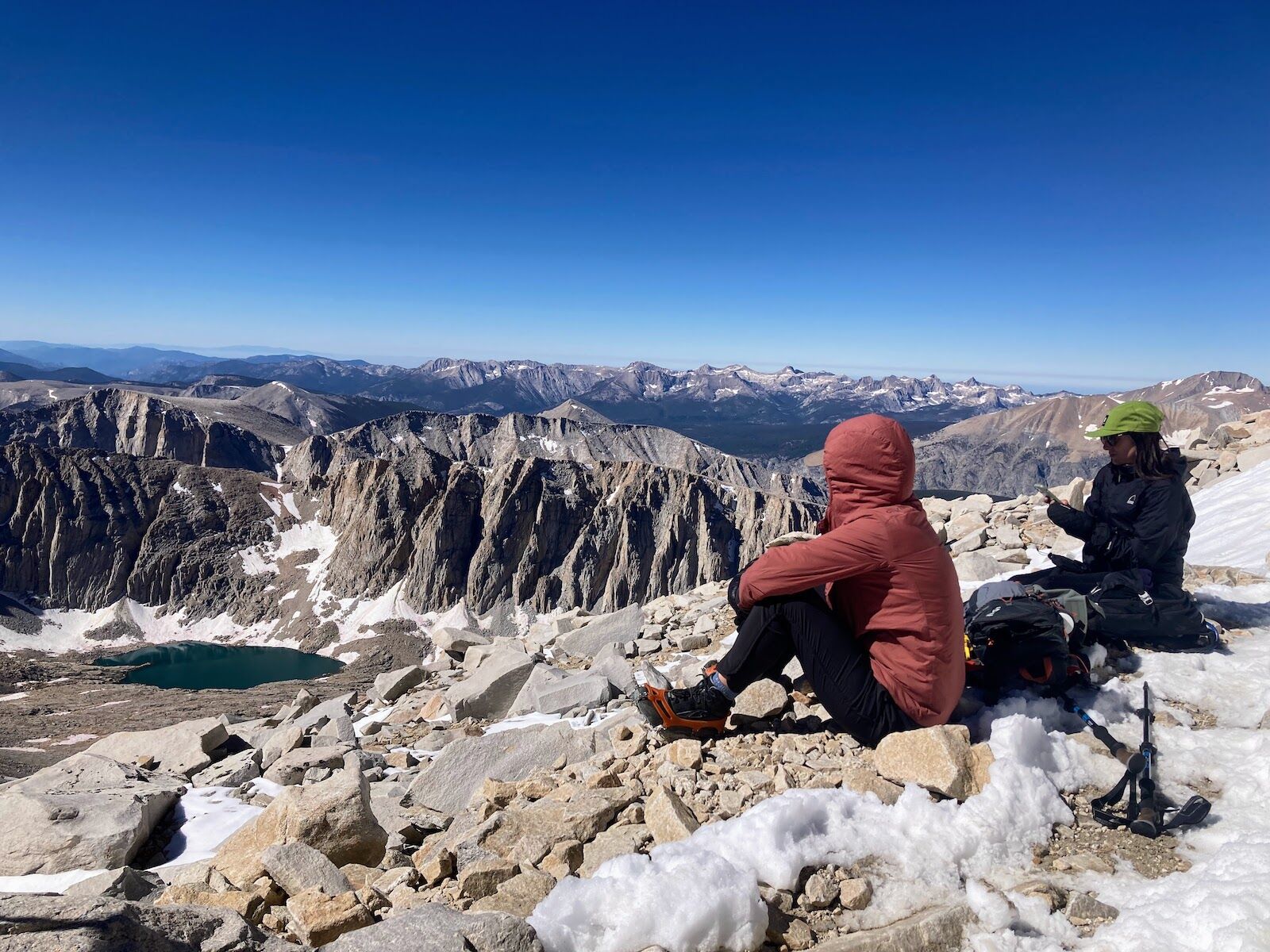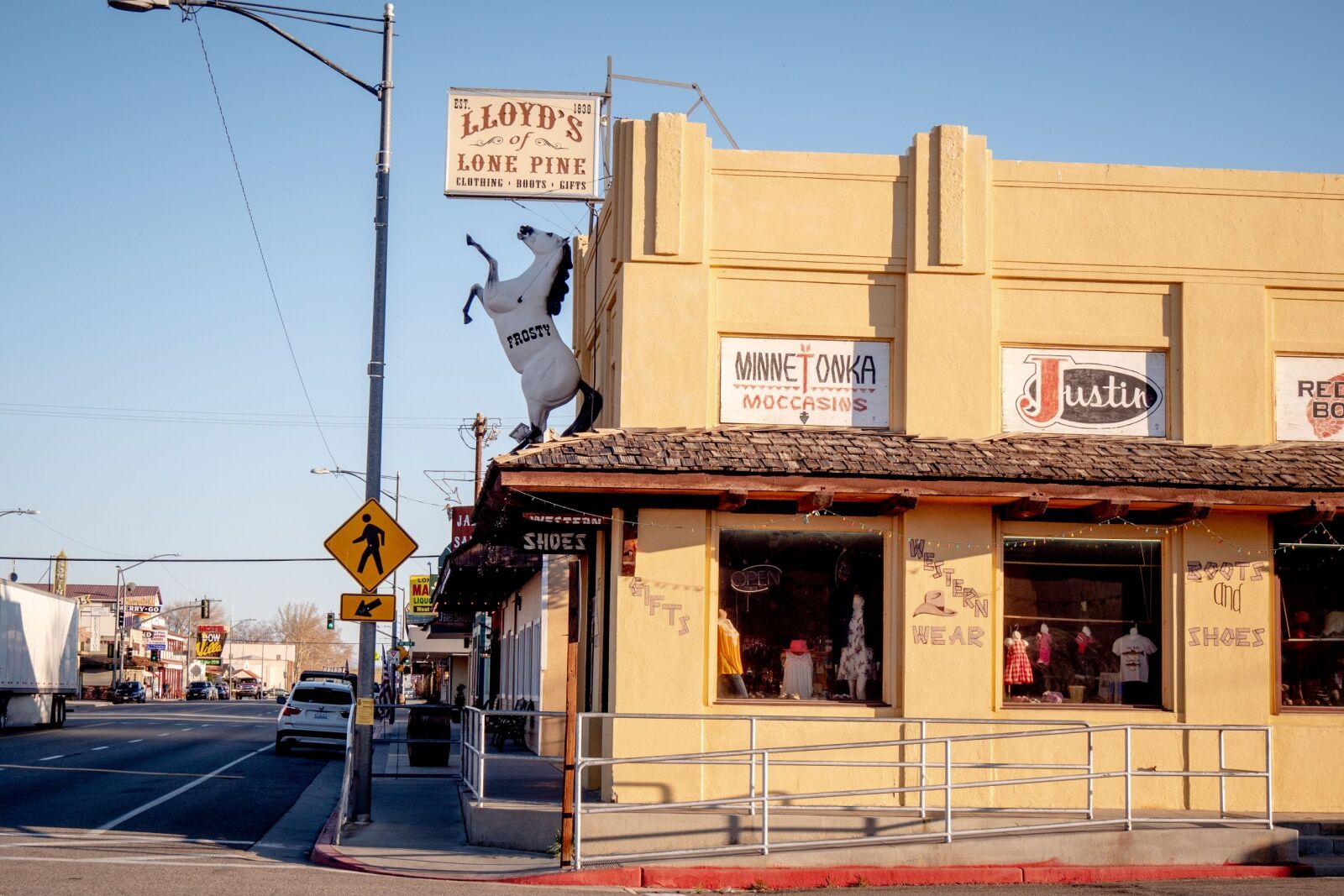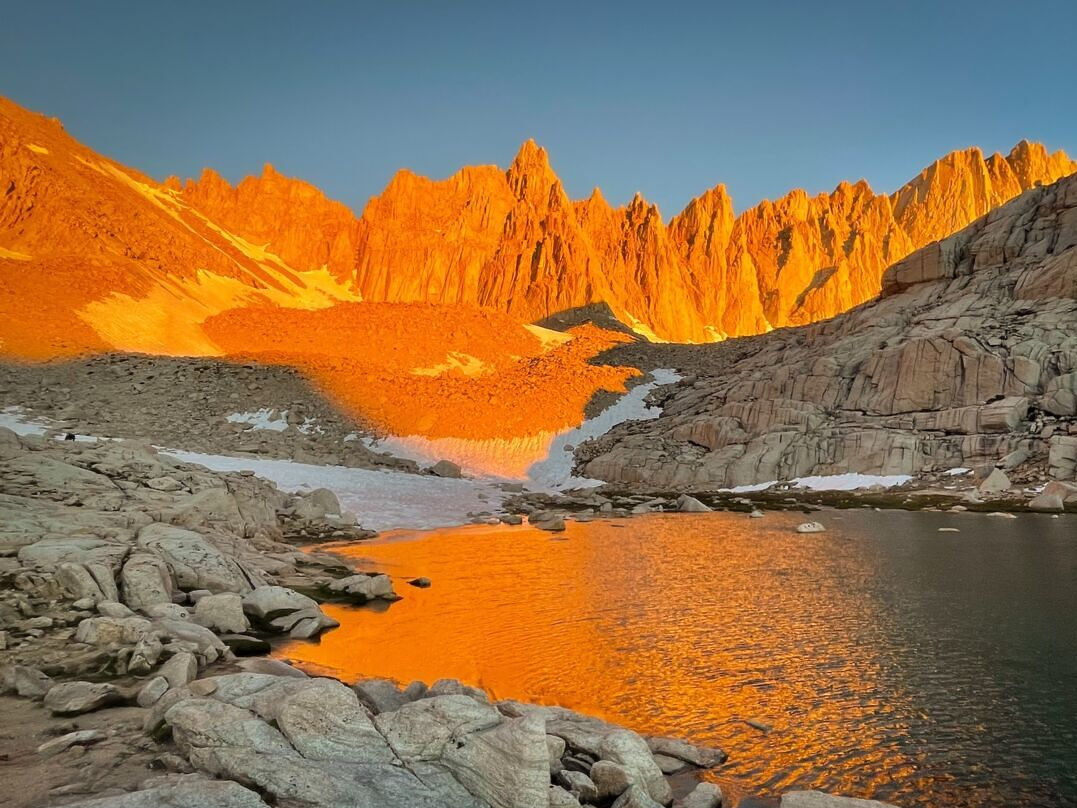- Distance: 24 miles round trip
- Elevation gain/loss: +/- 6,100 feet
- Number of applications in 2023: 26,219
- Success rate: 27.3 percent
- Application window: Feb 1-March 1, 2025
- Apply here
Permits are required for both day hikes and overnight trips year-round, with a quota system in place from May 1 to November 1. It’s a highly competitive, as well as an extremely difficult (albeit non-technical) hike. The majority of permits are distributed through a lottery system, which opens on February 1 and runs through March 1 each year on Recreation.gov. Your group can be up to 15 people and you can submit up to 10 preferred dates. Results are announced in mid-March, and successful applicants are notified via email, at which point you’ll have to pay a small reservation fee.
Any unclaimed permits are made available on a first-come, first-served basis beginning in May on Recreation.gov. A maximum of 150 people per day are allowed to hike Mount Whitney, split between day hikers (100 people) and overnight campers sleeping at Outpost Camp or Trail Camp, both roughly halfway up the route (50 people). In 2023, only a quarter of applications were successful, with more than 26,000 permits submitted, representing a combined 110,000 people. The overnight permits are slightly more competitive, as there are fewer of them and doing it as a two-day trek is generally considered the easier method. You can see all the data on 2023’s permit applications here.
 Mount Whitney in August 2023. Photo: Suzie Dundas
Mount Whitney in August 2023. Photo: Suzie Dundas
Remember that Mount Whitney is the highest point in the Lower 48 and one of the most difficult hikes in the entire country. If you do it as a day hike, you’ll need to start hiking around 1 or 2 AM to leave yourself time to summit and back it back to the Whitney Portal campground (which requires a separate reservation) before dark. You should expect snow near the summit year-round and should be familiar with using snow traction devices and ice axes to self-arrest.
Mount Whitney is on the 211-mile-long John Muir Trail, called the JMT. It starts in Yosemite National Park near Half Dome and ends at Whitney Portal, crossing the summit of Mount Whitney in the last few miles. National forests and parks in this area do not require permits for every managed area thru-hikers cross into – just the place where they start. So if you hike the JMT starting in Yosemite, you can summit Mount Whitney on your last day without the need for an additional Whitney permit.
If you can’t score a permit for Mount Whitney, consider hiking White Mountain Peak, which has a similar high-altitude experience but doesn’t require a permit. It’s 14,252 feet above sea level, making it the third-highest peak in the state. It’s still difficult, at about 14 miles round trip with 3,500 feet of elevation gain, but that still makes it quite a bit shorter than Mount Whitney. Like Whitney, it has stunning panoramic views — in this case, of the Sierra Nevada, Owens Valley, and ancient bristlecone pine forests. But unlike Whitney, it sees only a small amount of hikers and tourists.
The trail begins around 11,000 feet above sea level, so make sure to take at least a few days to acclimatize if you’re coming from lower elevations. (It goes without saying that you should do that if you’re hiking Mount Whitney, too.)
 Lone Pine is a small town with a few tourists shops, affordable hotels, and restaurants and diners. Photo: 4kClips/Shutterstock
Lone Pine is a small town with a few tourists shops, affordable hotels, and restaurants and diners. Photo: 4kClips/Shutterstock
Many hikers stay at the Whitney Portal Campground, at least on their first night, as you can walk to the Mount Whitney trailhead from the campground. The Lone Pine Campground and Tuttle Creek Campground are also close, though not within walking distance. The closest actual town to Mount Whitney is Lone Pine, about 15 miles away. Bishop is about an hour north, and Mammoth Lakes is about two hours north, if you want to combine your hike into a larger Eastern Sierra trip. 
